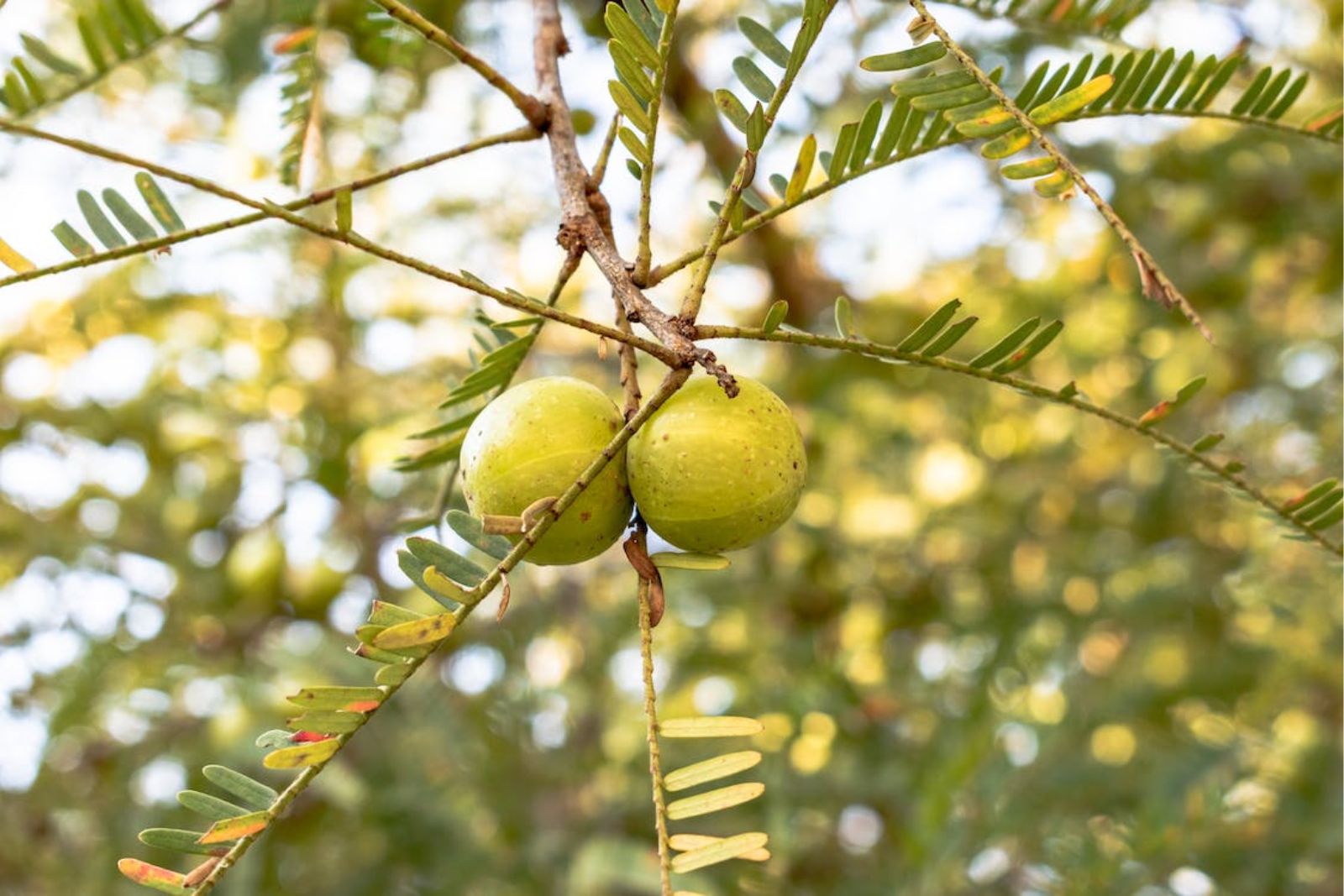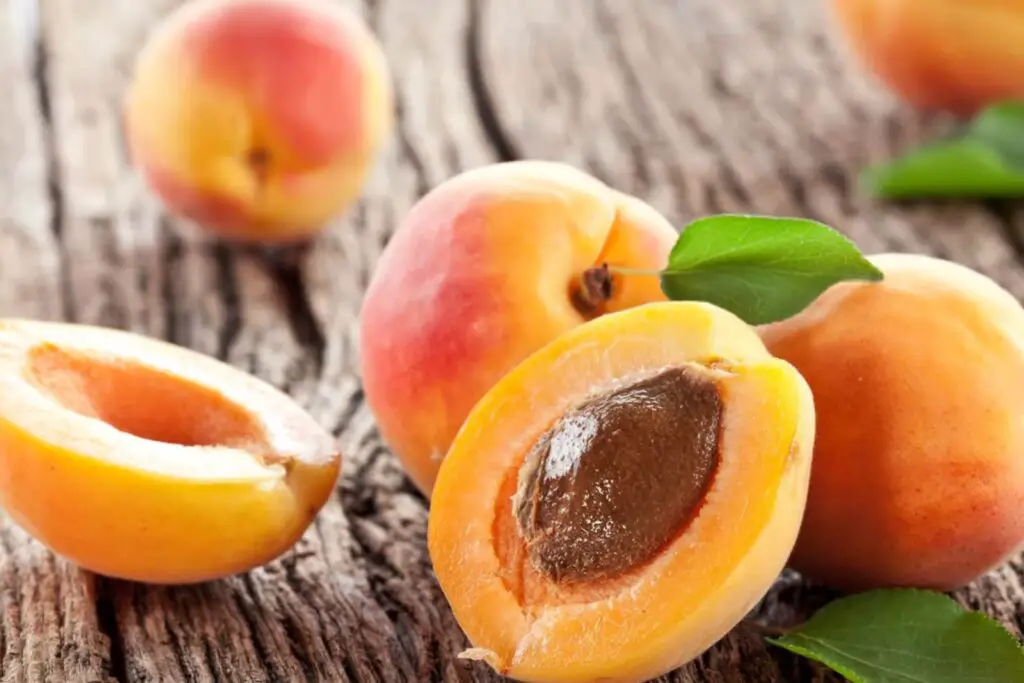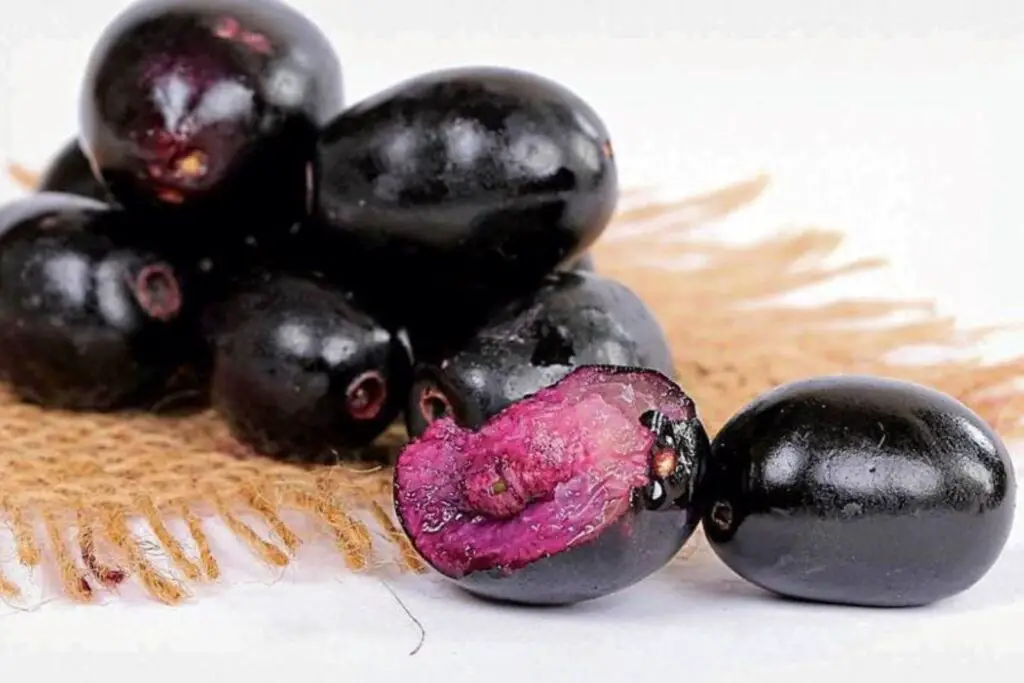
Amla, a small but mighty fruit that holds a prominent place in Ayurvedic medicine and Indian cuisine. Also known as Indian gooseberry, amla is revered for its numerous health benefits and its unique tangy-sweet flavor. Packed with vitamin C, antioxidants, and various nutrients, amla offers a range of potential advantages, including boosting immunity, promoting digestion, and nourishing the hair and skin.
Whether consumed raw, juiced, or incorporated into various recipes such as chutneys, pickles, or jams, amla is a versatile ingredient that adds a distinctive twist to any dish. If you want to ensure a steady supply of amla throughout the year, freezing this remarkable fruit is a practical solution. In this guide, we’ll explore the art of freezing amla, sharing tips and techniques to preserve its freshness and harness its goodness, so you can enjoy its health benefits and delightful flavor whenever you desire.
Here are the simple steps to freeze amla:
Step 1: Select Fresh Amla
Selecting fresh amla is crucial for freezing it successfully. When choosing amla, look for fruits that are firm and plump. They should have a vibrant green color, indicating their freshness. Avoid selecting amla that feels overly soft or has any signs of blemishes, mold, or discoloration. Such fruits may not freeze well and could lose their taste and texture during the freezing process.
The reason behind selecting fresh amla is to ensure that it retains its nutritional value and flavor when frozen. Fresh fruits are at their peak in terms of taste and nutrient content, and freezing them promptly helps preserve these qualities. By opting for high-quality amla, you can enjoy its benefits even after it has been stored in the freezer for an extended period.
Additionally, fresh amla contains higher levels of vitamin C and antioxidants, which are known to deteriorate over time. Choosing ripe and fresh amla ensures that you capture the maximum amount of these beneficial compounds before freezing. As a result, when you thaw and use the frozen amla later, it will still provide you with its nutritional advantages.
By paying attention to the quality of amla during the selection process, you can set the foundation for successful freezing. Fresh, firm, and vibrant green amla will yield the best results, maintaining its taste, texture, and nutritional properties when preserved in the freezer.
Step 2: Wash and Prepare
Washing and preparing amla is an essential step to ensure that the fruit is clean and ready for freezing. Follow these steps to properly wash and prepare amla:
- Rinse the fruit: Begin by placing the amla under cool running water. Gently rub the surface of each fruit to remove any dirt, debris, or pesticides that may be present. Ensure that you thoroughly rinse all sides of the amla.
- Pat dry: After washing, use a clean kitchen towel or paper towels to pat dry the amla. Removing excess moisture is important to prevent the formation of ice crystals during freezing, which can affect the texture of the fruit.
- Remove stems: Once the amla is dry, remove the stems by gently twisting or cutting them off. Removing the stems makes it easier to handle the fruit during freezing and when using it later.
- Decide on size: Depending on your preference, you can either leave the amla whole or cut it into smaller pieces. If you choose to cut the fruit, use a clean knife and cutting board to slice it into your desired sizes. Some people prefer quartering the amla, while others prefer smaller chunks or even thin slices.
- Seed or seedless: Amla can be frozen with or without the seeds. It’s a matter of personal preference. If you prefer seedless amla, cut the fruit in half and gently scoop out the seeds using a spoon. If you don’t mind the seeds, you can leave them intact.
When preparing amla for freezing, it’s important to maintain cleanliness and hygiene throughout the process. Washing the fruit removes any external contaminants, while patting it dry minimizes excess moisture. Removing the stems and deciding whether to keep or remove the seeds is a matter of personal preference.
Step 3: Blanch the Amla
Blanching amla is an important step in the freezing process as it helps preserve the color, texture, and nutritional value of the fruit. Here’s an explanation of why blanching is beneficial and how to do it:
Blanching involves briefly boiling the amla before freezing it. This process serves multiple purposes. First, blanching helps destroy enzymes present in the fruit that can cause it to deteriorate over time. These enzymes can lead to color and flavor changes, as well as nutrient loss. By blanching the amla, you can inhibit the action of these enzymes and maintain the fruit’s quality.
To blanch amla, start by bringing a large pot of water to a rolling boil. The pot should be large enough to accommodate the amla comfortably. Carefully add the amla to the boiling water and let it cook for about 2-3 minutes. The exact blanching time may vary depending on the size of the fruit. Larger pieces may require slightly longer blanching times.
During blanching, the heat helps break down the cell structure of the fruit slightly, which aids in preserving its texture. Simultaneously, blanching helps retain the vibrant green color of the amla. This is particularly important as the natural color of the fruit can fade over time in the freezer. By blanching, you help lock in the attractive green hue, making the amla visually appealing even after freezing.
Once the blanching time is complete, promptly remove the amla from the boiling water using a slotted spoon or tongs. Immediately transfer the blanched amla to a bowl of ice-cold water. This step, known as “shocking,” halts the cooking process by rapidly cooling the fruit. The rapid cooling helps maintain the firmness and texture of the amla while preserving its color.
After a few minutes in the ice-cold water, the blanched amla can be drained and prepared for packaging and freezing. Blanching is a crucial step in the freezing process as it ensures that the amla retains its color, texture, and nutritional value for an extended period.
Step 4: Drain and Pack
Draining and packaging the blanched amla correctly is crucial to ensure its quality and prevent freezer burn. Here’s an explanation of why this step is important and how to do it properly:
After the blanched amla has been immersed in ice-cold water to stop the cooking process and preserve its vibrant color, it’s essential to drain off any excess moisture. Excess water can lead to the formation of ice crystals during freezing, which can affect the texture and taste of the fruit. To drain the amla, you have a couple of options:
- Colander: Place a colander or sieve in the sink and carefully transfer the blanched amla into it. Gently shake the colander to remove the excess water. Allow the amla to sit in the colander for a few minutes, allowing any remaining water to drain away.
- Kitchen towel: Alternatively, you can place the blanched amla on a clean kitchen towel or paper towels. Pat the fruit gently with another towel to absorb any moisture. Allow the amla to air dry for a few minutes until it feels mostly dry to the touch.
Once the blanched amla has been drained and dried, it’s time to pack it for freezing. Freezer-safe containers or ziplock bags are ideal for this purpose. Here’s how to package the amla:
- Containers: Choose airtight, freezer-safe containers that are suitable for storing the amla. Fill the containers with the blanched amla, leaving some headspace at the top to allow for expansion during freezing. Seal the containers tightly to prevent air and moisture from entering.
- Ziplock bags: If using ziplock bags, place the blanched amla inside and squeeze out as much air as possible before sealing the bags tightly. Removing excess air helps minimize the risk of freezer burn and preserves the quality of the fruit.
By draining off excess moisture and properly packaging the blanched amla, you create an environment that minimizes the formation of ice crystals and prevents freezer burn. This ensures that the amla retains its taste, texture, and nutritional value when stored in the freezer.
Step 5: Freeze and Store in the Freezer
Freezing and proper storage are crucial steps to maintain the quality and freshness of the amla. Here’s an explanation of why these steps are important and how to carry them out effectively:
- Freezing the amla: Once you have packaged the blanched amla in containers or ziplock bags, place them in the freezer as soon as possible. Freezing halts the process of decay and preserves the fruit’s texture, flavor, and nutritional value. The low temperature inhibits the growth of microorganisms, preventing spoilage.
- Labeling and dating: It’s essential to label the containers or bags with the date of freezing. This helps you keep track of the amla’s freshness and ensures that you use it within the recommended time frame. Use a marker or labels to write the date clearly on each package.
- Choosing the coldest part of the freezer: Store the amla in the coldest part of your freezer, such as the back or bottom shelf. This area maintains a more consistent and colder temperature, which helps preserve the quality of the fruit. Avoid placing the amla near the freezer door or in areas that experience temperature fluctuations.
- Storage duration: While amla can generally be stored in the freezer for up to six months, it’s best to consume it within three months for optimal flavor and texture. Over time, the quality of frozen amla may degrade, and there may be slight changes in taste and texture. Consuming it within the recommended time frame ensures that you enjoy the best possible experience when using the frozen amla.
By promptly freezing the amla, labeling it with the date, storing it in the coldest part of the freezer, and adhering to the recommended storage duration, you can preserve the quality of the fruit. Proper freezing and storage techniques allow you to enjoy the frozen amla with its original flavor, texture, and nutritional benefits even after an extended period.
Step 6: Thaw the Frozen Amla
Thawing frozen amla properly is crucial to maintain its taste, texture, and nutritional value. Here’s an explanation of why this step is important and how to thaw and use frozen amla effectively:
- Thawing in the refrigerator: To thaw the frozen amla, remove the desired amount from the freezer and place it in the refrigerator. Thawing in the refrigerator is the recommended method as it allows for a slow and controlled thawing process. Place the amla in a covered container or on a plate to catch any drips. Thawing overnight or for several hours ensures that the amla thaws evenly and retains its quality.
- Retaining taste and texture: Thawing the amla slowly in the refrigerator helps preserve its taste and texture. Rapid thawing at room temperature or using a microwave can result in a loss of flavor and a mushy texture. The gradual thawing process allows the amla to maintain its natural characteristics, ensuring an enjoyable eating experience.
- Texture changes: It’s important to note that the texture of the amla may become slightly softer after thawing. Freezing and thawing can cause some cellular breakdown, resulting in a softer texture. However, the frozen amla will still be packed with nutrients and retain its flavor.
By thawing the frozen amla slowly in the refrigerator and using it in various recipes, you can enjoy its flavor and reap its nutritional benefits. Thawed amla is a versatile ingredient that can add a tangy and nutritious touch to your culinary creations.
Other related questions
Can you refreeze amla?
No, it is not recommended to refreeze amla once it has been thawed. Refreezing can lead to a loss of quality, including changes in taste, texture, and nutritional value. It is best to thaw only the amount of amla needed for immediate use to ensure optimal freshness.
How do I know if the amla has gone bad after being frozen?
To determine if frozen amla has gone bad, examine its appearance, texture, and smell. If the fruit appears discolored, has a mushy texture, or emits an unpleasant odor, it may be spoiled. Additionally, if there are signs of freezer burn, such as dry or shriveled patches on the amla, it is an indication of poor quality. When in doubt, it is safer to discard the amla to avoid the risk of consuming spoiled food.
Can I freeze amla juice or pulp?
Yes, amla juice or pulp can be frozen for future use. However, it’s important to note that freezing may cause some separation or texture changes in the juice or pulp. To minimize these effects, consider using freezer-safe containers or ice cube trays to portion and freeze the juice or pulp in convenient serving sizes. Thaw the frozen amla juice or pulp in the refrigerator and give it a gentle stir before using to incorporate any separated components.
What are some creative ways to use frozen amla?
Frozen amla can be used in a variety of creative ways to add a tangy and nutritious twist to your dishes. Some ideas include blending it into smoothies or juices, incorporating it into homemade jams or chutneys, adding it to baked goods like muffins or bread, or even using it as a topping for yogurt or oatmeal. You can also experiment with infusing frozen amla in water or teas for a refreshing and flavorful beverage. The versatility of frozen amla allows you to explore numerous culinary possibilities and enjoy its unique taste and health benefits.
Can frozen amla be used in cooked dishes or recipes?
Yes, frozen amla can be used in cooked dishes or recipes. While amla is commonly used in its fresh form, freezing preserves its flavor and nutritional properties, making it suitable for cooking.When using frozen amla in cooked dishes, it is recommended to thaw it first by placing it in the refrigerator overnight or running it under cold water.








